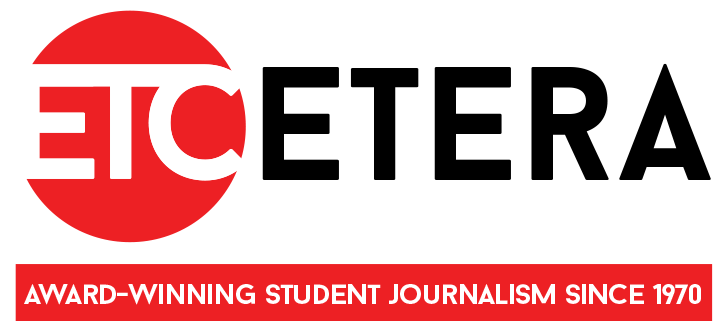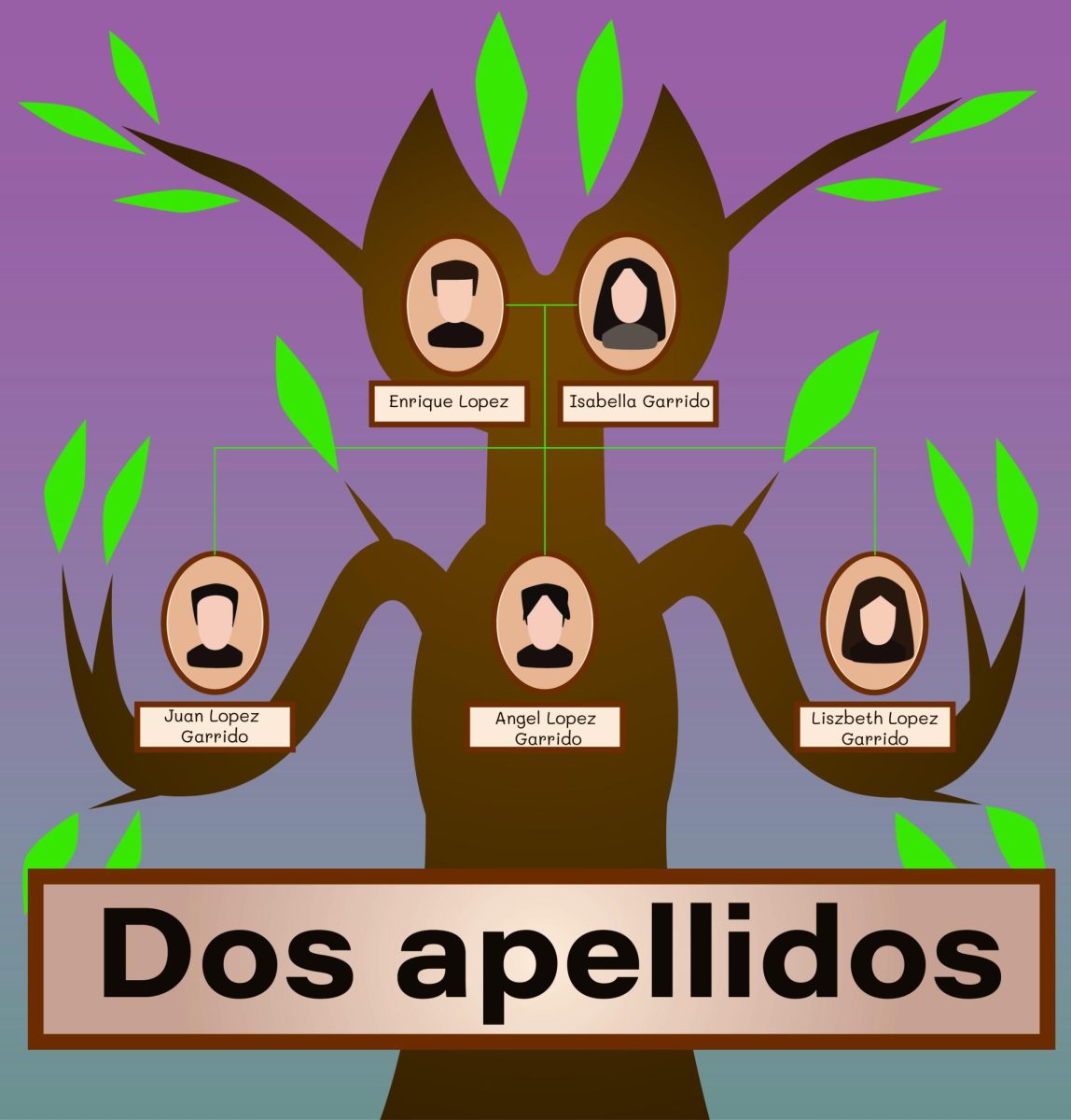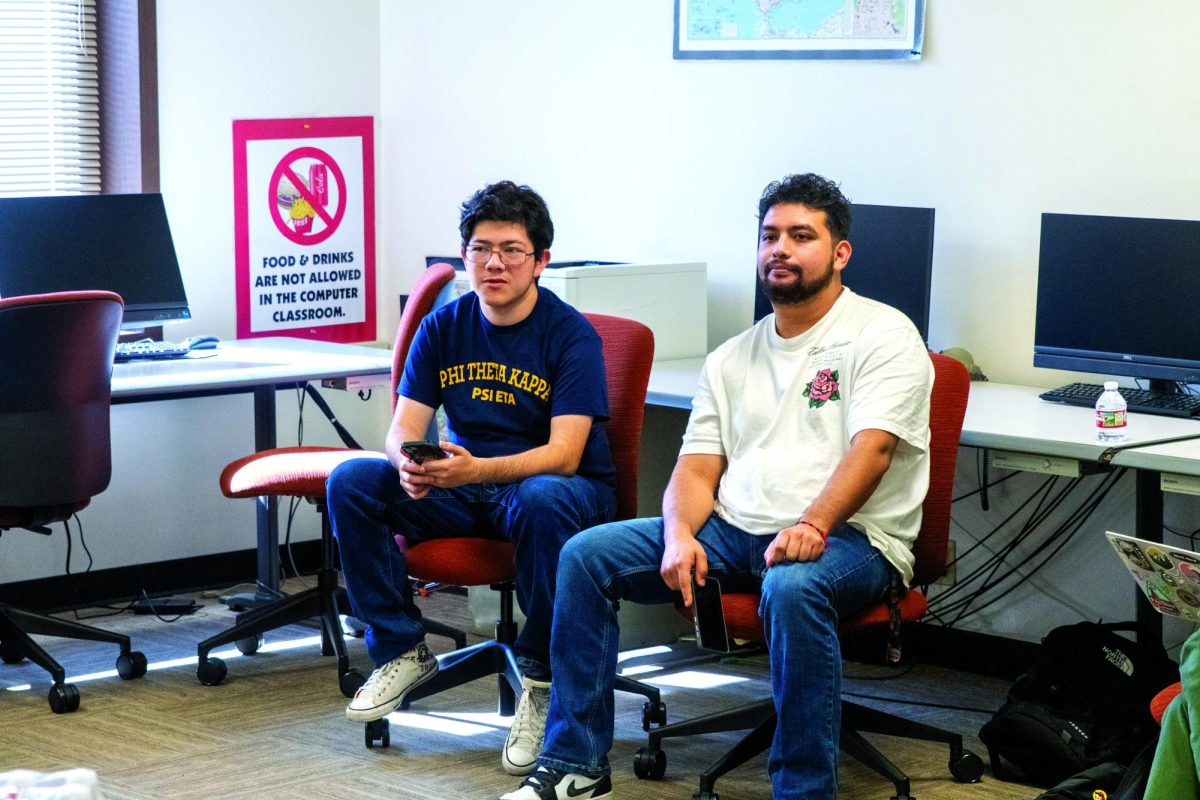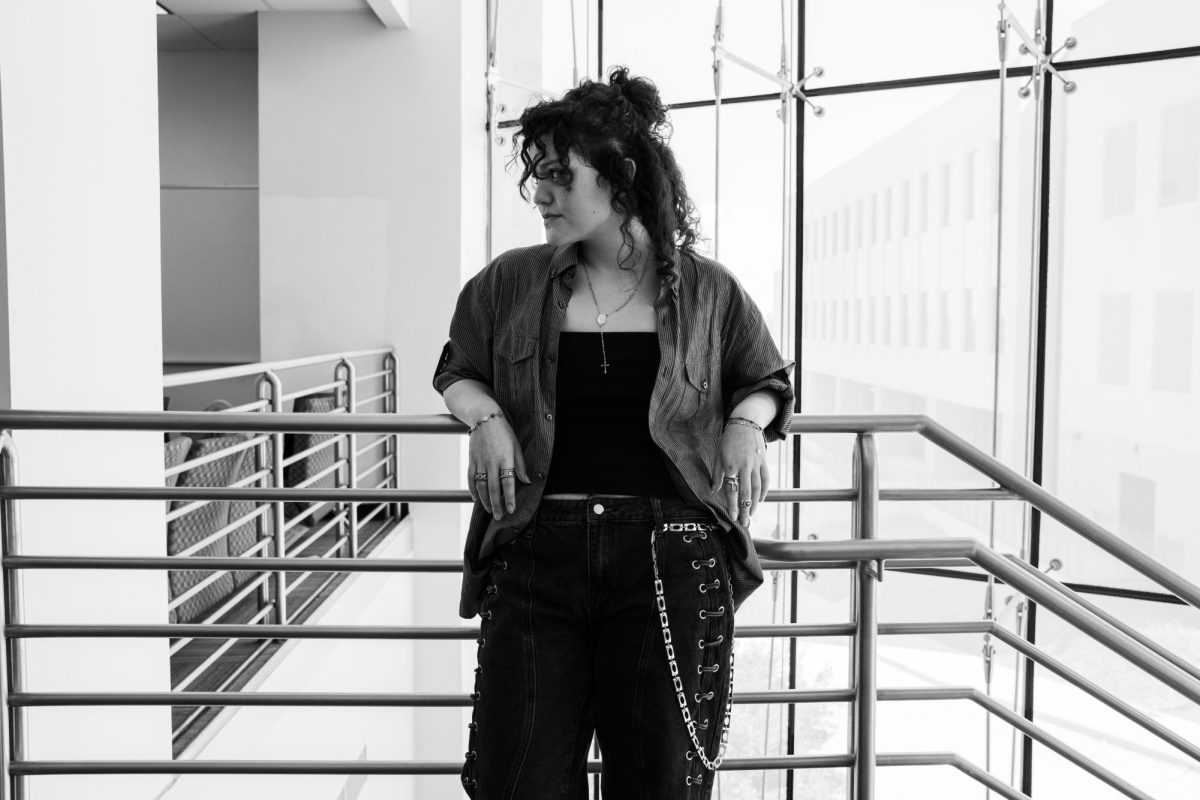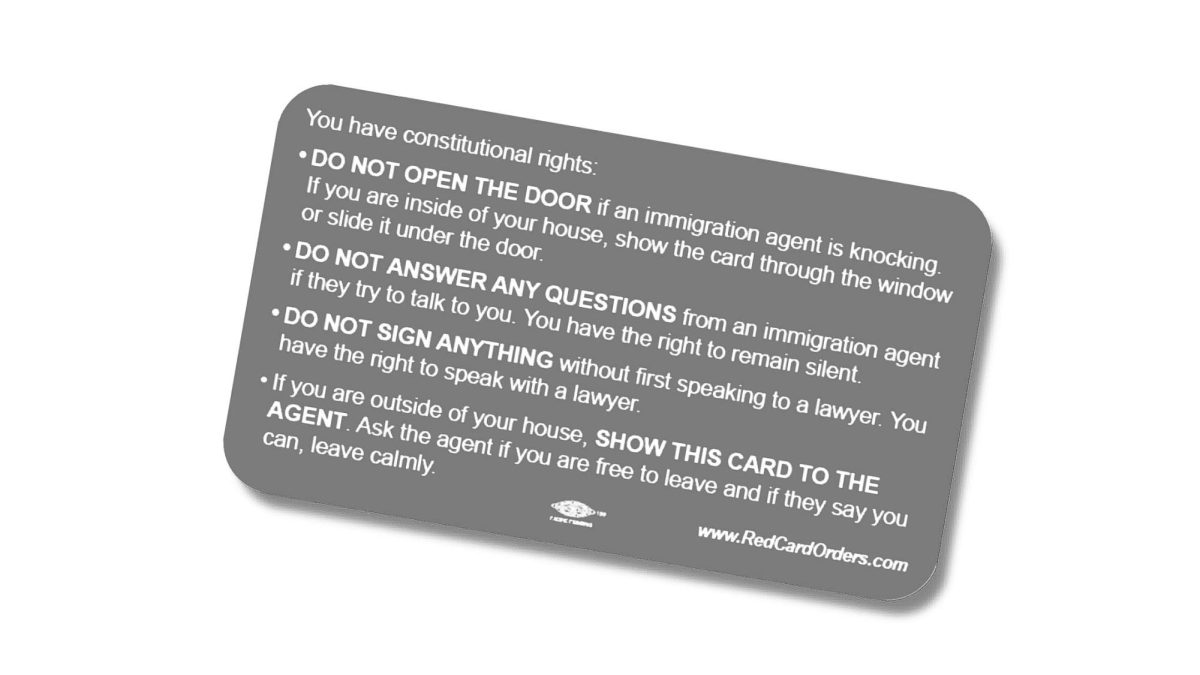Horror has developed non-stop since the genre began. The school of horror movies has given the world some of its most troubling and scary icons, such as Ghostface, Michael Myers, Freddy Kruger and more.
In every decade, the horror genre has adapted to the fears and anxieties of the time
. The origin of where the genre truly began to explode with popularity was when the Universal Monsters made their debut. Based on gothic stories, monsters such as Frankenstein, Dracula, The Phantom and more were causing an increase in fear, but one that the general public would actually come to enjoy in movie form. Although many of the horror plots are not as terrifying in today’s time, they were revolutionary to cinemas when they debuted.
In the 1950s, Universal Classic monsters were beginning to be seen as not scary. Many people had developed fears for the advances of nuclear technology during the Cold War. At this time, horror began to incorporate real-life horrors as if the genre itself was having an identity crisis. Slowly, horror was seen as a subgenre of science fiction. Movies that dominated during this time were “Gojira” (1954), which was the beginning of Godzilla, and “Them!” (1954), a movie about mutated giant ants attacking people. The genre changed again in the 1960s.
The name Alfred Hitchcock may not be recognizable to the general public in 2025, but for avid fans of horror, he is widely known as the father of “Modern Horror.” Hitchcock created physiological horror classic movies like “Psycho” (1960) and “Marnie” (1964). Ultimately, “Psycho” established the new horror subgenre — slasher — making Norman Bates, a killer who has a split personality, an icon in the world of horror.
The 1970s brought even more horror films, introducing new types of movies to the genre, including paranormal horror and action horror. Movies like “Halloween” and the “Texas Chainsaw Massacre” were released to high praises from audiences nationwide. People were obsessed with the characters of Michael Myers and Leatherface, and both became trilogies of suspense, launching them to icon status at a rapid pace. Action horror movies in this decade included “Jaws” and “Alien,” which focused on suspense. At this time, paranormal horror premiered with the release of “The Exorcist.” Although it is seen today as a cult classic, at the time of its release, it was received by the public with mixed feelings due to the movie’s religious messages.
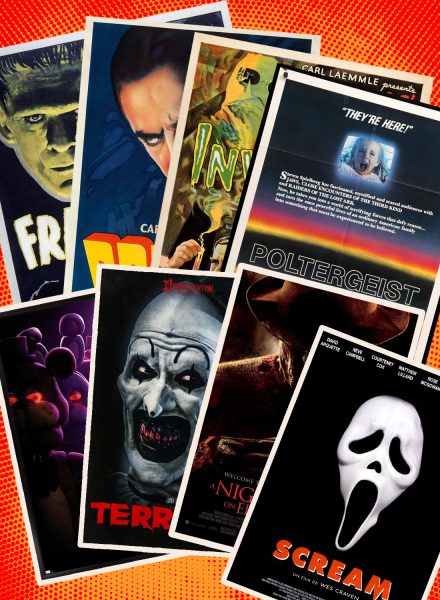
The 1980s and 1990s were known as the Golden Age of the Horror genre. Iconic characters like Ghostface (“Scream,” 1996), Freddy Krueger (“Nightmare on Elm Street,” 1984), “Chucky” (Child’s Play, 1988) and Jason Voorhees (“Friday The 13th,” 1980) were premiering. Other “sleeper” hits such as “The Thing” (1982) and “The Shining” (1980) were not as successful as others but their popularity has grown throughout the years since their release.
The 2000s and 2010s were known as the era of sequels and the explosion of paranormal horror movies. Hollywood had started profiting off of the popularity of previous cult classics such as “Halloween,” “Texas Chainsaw Massacre,” “Scream” and “Child’s Play.” People grew tired of the repetitive nature of previous horror plots and wanted something fresh; something that would revolutionize the horror genre. From 2013 to the present day, the rise of torture horror and movie adaptations from popular video game franchises has increased tremendously. Movies such as “The Conjuring,” “Terrifier” and “Five Nights At Freddy’s” became Hollywood favorites and are still going strong. Audiences were introduced to new iconic characters, like Art, Anabelle and Freddy. Many horror fans believe that the modern era has become nepotism, since they had an established lore, or fandom. For example, “The Conjuring” is based on the real-life cases of the Warren Family. “Terrifier” has been actively in production since 2008 with the creator not giving up despite budget cuts and the COVID-19 pandemic, and “Five Nights At Freddy’s” being the last attempt for production by Scott Cawthon before he gave up animation entirely. Horror movies keep evolving in the modern era, which excites both old and new fans. The support of the horror genre shows that people want to get scared and face their fears in a controlled setting. Seeing a killer animatronic, a silent stalker or a chainsaw welding killer excites the masses.
